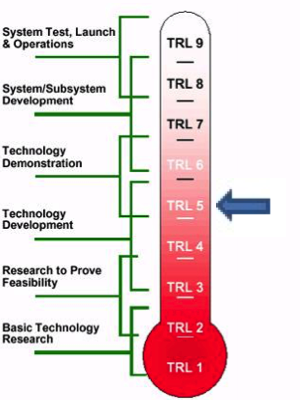C26
ENEA Technology
HYDROGRAPHIC LIDAR

Technology Readiness Level (TRL)
5
Innovations and Benefits
It allows to remotely monitor the composition of superficial natural and pollutants present in sea water from aboard ships, with no need of h24 automatic sampling.
The system operation is based on the near ultraviolet and the subsequent detection of fluorescence echo of the species being studied. Thanks to the spectrum characteristics of the detector, the laser-induced fluorescence signals do not need to be corrected by solar irradiation or surface reflectance. Furthermore, the atmospheric effects are negligible thanks to the minimum distance from the target (some 10m).
Use
Measurements of chlorophyll and other phytoplankton pigments; measurements of the dissolved organic substance; detection of polluting chemicals and crude oil spills; quality of sea water for fish farming, tourism and environmental protection. Potential development on air transport carriers, also automated (drones). Use of the resulting data for in-situ calibration of the satellite data on the vast area covering the ship’s route.
Applications and ongoing Activities
Many campaigns have already been carried out in the Mediterranean and Ross (Antarctica) seas on research projects (RITMARE; ROME, still underway). Development of a commercial onboard ship system in collaboration with INSIS, a company of the Liguria district of marine technology (RIMA project).
“If you are interested in this technology/service, please send a message to eneaperlinnovazione@enea.it, by specifying the title of the technology/service of your interest, the reason for your request and your contacts or the contacts of a person from your organization/company.


